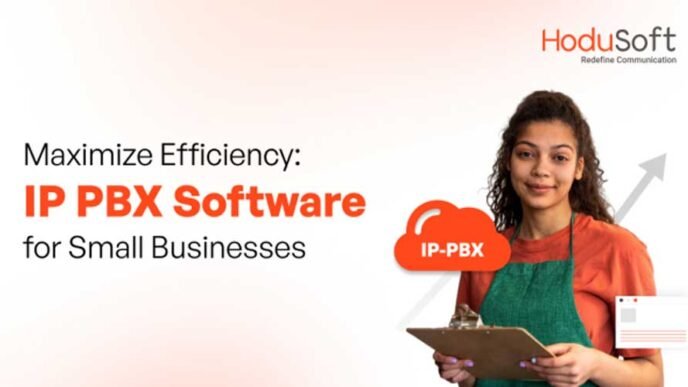In the ever-evolving world of e-commerce, online store owners face a myriad of challenges. Among these, the ability to detect suspicious transactions is paramount. Fraudulent activities not only lead to financial losses but can also damage your store’s reputation. As cybercriminals become more sophisticated, it’s crucial for store owners to stay vigilant and proactive in spotting and managing suspicious activities. This guide will equip you with essential strategies to protect your business and ensure a safe shopping environment for your customers.
Understanding the Importance of Vigilance
Running an online store comes with the responsibility of safeguarding both your business and your customers from fraud. Suspicious transactions can range from stolen credit card purchases to more sophisticated schemes involving identity theft and account takeovers. By understanding the types of fraud that exist and the tactics employed by fraudsters, you can better prepare your defenses.
Common Types of Fraudulent Transactions
- Credit Card Fraud:Unauthorized use of stolen credit card information to make purchases.
- Chargeback Fraud:Customers fraudulently claiming they never received their order to get a refund while keeping the item.
- Account Takeover:Hackers gaining access to customer accounts and making unauthorized purchases.
- Refund Fraud:Fraudsters manipulating the return process to get refunds on non-existent or stolen items.
Monitoring and Analyzing Transaction Patterns
One of the most effective ways to spot suspicious activity is by closely monitoring and analyzing transaction patterns. Establishing a baseline for what constitutes normal behavior in your store can help you identify anomalies.
Setting Up Alerts
Many e-commerce platforms offer built-in tools for monitoring transactions. Set up alerts for:
- Large Orders:Sudden spikes in order value.
- Multiple Orders:Several orders placed in quick succession from the same account or IP address.
- Shipping Address:Orders with mismatched billing and shipping addresses, or multiple orders to high-risk regions.
- Failed Transactions:Numerous failed payment attempts from the same user or IP address.
Analyzing Customer Behavior
Regularly review your store’s transaction logs to identify unusual patterns. Pay attention to:
- Login Activity:Multiple login attempts from different locations within a short period.
- Browsing Patterns:Customers who quickly navigate to high-value items without browsing other products.
- Purchase Timing:Orders placed at unusual hours, such as late at night or during holidays.
Leveraging Technology to Detect Suspicious Activity
In the fight against fraud, technology is your ally. Various tools and software can help you detect and prevent fraudulent transactions.
Fraud Detection Software
Investing in fraud detection software can automate the process of identifying suspicious activities. These tools use algorithms and machine learning to analyze transaction data in real-time.
VPN Detection
One of the tactics used by fraudsters is masking their IP address using VPNs to avoid detection. Knowing what tool is used to detect a VPN can be crucial in your defense strategy. Tools available now can help identify if a customer is using a VPN, proxy, or Tor network, which could indicate potential fraud.
Payment Gateways
Understanding what is a payment gateway can help you choose one that offers advanced fraud detection features. A payment gateway is a secure online service that processes credit card transactions for e-commerce websites. These gateways can screen transactions for indicators of fraud, such as mismatched billing information or high-risk countries, before processing payments, ensuring the security of your transactions with ISO merchant services.
Training Your Team
Your employees are your first line of defense against fraud. Ensure they are well-trained in recognizing and responding to suspicious activities.
Implementing Security Protocols
Establish clear protocols for handling suspicious transactions. This includes steps for verifying customer identities, such as requesting additional information or contacting the customer directly.
Ongoing Education
Keep your team updated on the latest fraud trends and prevention techniques. Regular training sessions and workshops can help your employees stay vigilant and informed.
Establishing Customer Verification Processes
Implementing robust customer verification processes can significantly reduce the risk of fraudulent transactions. This involves confirming the identity of your customers before completing high-risk orders.
Two-Factor Authentication (2FA)
Encourage customers to enable two-factor authentication for their accounts. 2FA adds an extra layer of security by requiring a second form of verification, such as a code sent to their mobile device.
Address Verification System (AVS)
Use an address verification system to compare the billing address provided by the customer with the address on file with the credit card company. Discrepancies can be a red flag for potential fraud.
Manual Verification
For high-value or suspicious orders, consider implementing a manual verification process. This could involve calling the customer to confirm the order details or requesting additional identification.
Handling Suspicious Transactions
Despite your best efforts, some suspicious transactions will slip through. It’s essential to have a plan in place for dealing with these cases.
Steps to Take
- Flag the Transaction:Immediately flag any transaction that appears suspicious and temporarily hold the order.
- Contact the Customer:Reach out to the customer via email or phone to verify the transaction details.
- Investigate Further:Use available tools to investigate the transaction, such as checking IP addresses, reviewing order history, and verifying payment information.
- Decide on Action:Based on your findings, decide whether to proceed with the order, cancel it, or escalate the case to your fraud prevention team or payment gateway.
Reporting Fraud
Report confirmed fraudulent transactions to your payment processor and, if necessary, to law enforcement. Keeping detailed records of these incidents can help in future investigations and chargeback disputes.
Conclusion
Spotting suspicious transactions on your online store requires a combination of vigilance, technology, and well-defined processes. By understanding the types of fraud, monitoring transaction patterns, leveraging advanced tools, training your team, and establishing robust verification processes, you can significantly reduce the risk of fraud. Protecting your business and your customers from fraudulent activities not only safeguards your revenue but also helps maintain the trust and loyalty of your customers. Stay proactive, stay informed, and keep your online store secure.












